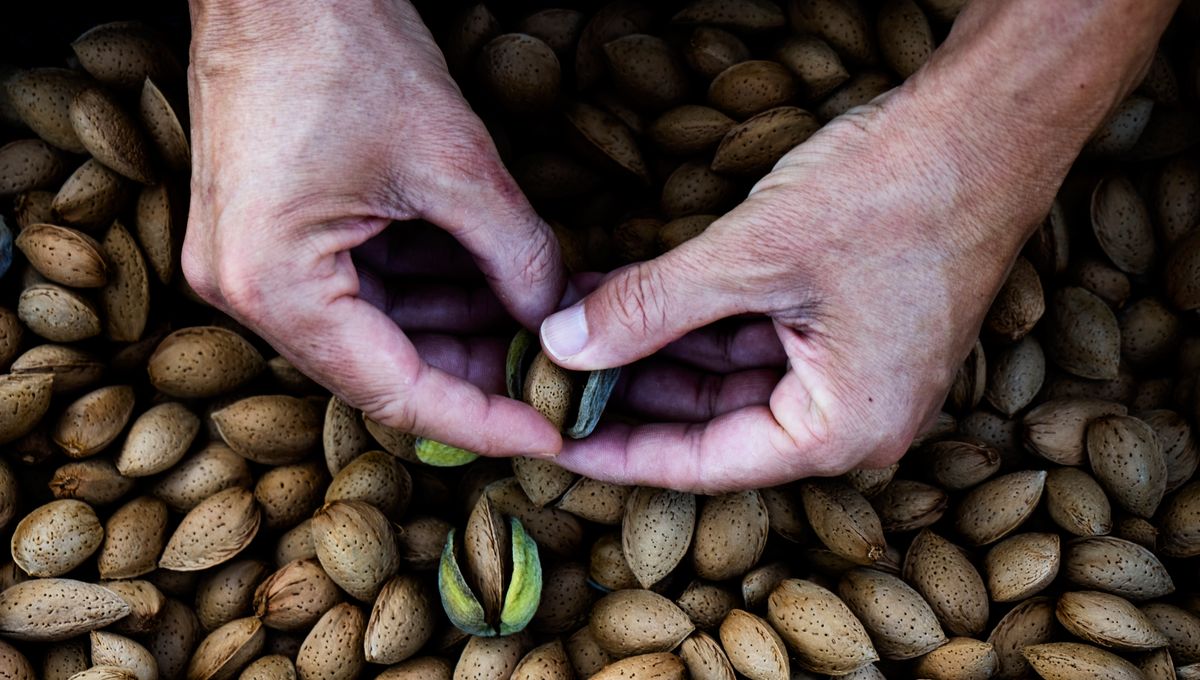
Diet fads come and go, but some stick around longer than others. One example is the so-called “Paleo diet” which, as the name suggests, tries to emulate the high protein and low carb diets prehistoric hunter-gatherers were assumed to have. However, new research suggests that at least some Palaeolithic humans subsisted on mostly plant-based diets instead, and only occasionally ate meat.
The research suggests our Stone Age ancestors in North Africa had plant-based diets thousands of years before the advent of agriculture in the region.
Paleo assumptions
Like many attempts to reconstruct aspects of human evolution, the Paleo diet is an oversimplification based on assumptions, guesswork, and modern mythology. To be clear, there are far unhealthier fad diets out there, but the ideas underpinning the Paleo option – those based on ancient humans – are more dodgy.
Believers in the Paleo diet will often recommend specific “ancestral” menus that mix the requirement for certain amounts of physical activity with varying percentages of low carbohydrates and higher levels of proteins and fats. These diets are usually based on observations of modern humans who have semi-hunter-gather lifestyles, but are they representative of what Stone Age and Palaeolithic people actually ate?
The findings of this latest study add to the growing body of evidence that would suggest not.
In this work, researchers examined animal and human remains found at the Taforalt archaeological site in Morocco, North Africa, that date back to the Later Stone Age. They wanted to understand how much meat, fish, and plants these hunter-gatherers had in their diets.
Although these people did eat some meat, their diets mostly consisted of plants, and probably large quantities of starchy nuts and cereals. The latter two, so the authors claim, may have been stored for harder times.
These findings not only challenge the assumptions scored into the Paleo diet, but also our understanding of the advent of agriculture.
Agriculture arrives
To date, much of what we know about the shift to agrarian practices comes from research into western Asia. According to this narrative, towards the end of the Pleistocene age (around 14,000 to 11,000 years ago), Natufian hunter-gatherers who lived around the Levant region learned to exploit wild plants to the extent that they started to cultivate and then domesticate them.
With this new ability came a shift in diets, which may have been driven by multiple factors, including the disappearance of large game species and the availability of more edible plants in the environment.
However, there is still much we do not know about this important transition period in human evolution. As the researchers explain in their study, “In recent years, scholars have become increasingly interested in whether the Iberomaurusians, a population with some genetic connections with the Natufians, exhibited changes that preceded the transition to farming in North Africa.”
The Iberomaurusians inhabited North Africa during the Late Pleistocene era. The oldest evidence of their existence is found at a site in Tamar Hat, and dates back around 25,000 years ago. In contrast, the remains located at the Taforalt site date are between 15,077 to 13,892 years old.
The researchers used isotopic approaches to analyze the proportions of meat, fish, and plants in the diets of these people. Although these people did eat meat, as did their weaning children, they predominantly ate plants, and did so at a time that pre-dates the entrance of agriculture into the region.
However, unlike the situation in the Near East, the reliance on plants at Taforalt did not lead to the development of plant cultivation. As such, the authors argue that agriculture is not necessarily a consequence of wild plant exploitation. But the reliance on these foods, especially a supply of nuts and cereals, may have led to a higher degree of sedentism.
However, as the team stresses, more work is needed before broader conclusions can be drawn, stating that “it is crucial to acknowledge that further comprehensive investigations are necessary to fully understand these findings and their implications.”
Regardless, this evidence demonstrates that our beliefs about ancient humans and their diets remain an open question. Perhaps it is best to keep an open mind before we start to prescribe lifestyles based on narrow assumptions about the deep past.
The study is published in the journal Nature Ecology & Evolution.
Source Link: Some Palaeolithic People Had Plant-Rich Diets, Challenging Meat-Heavy Fad Diet Claims